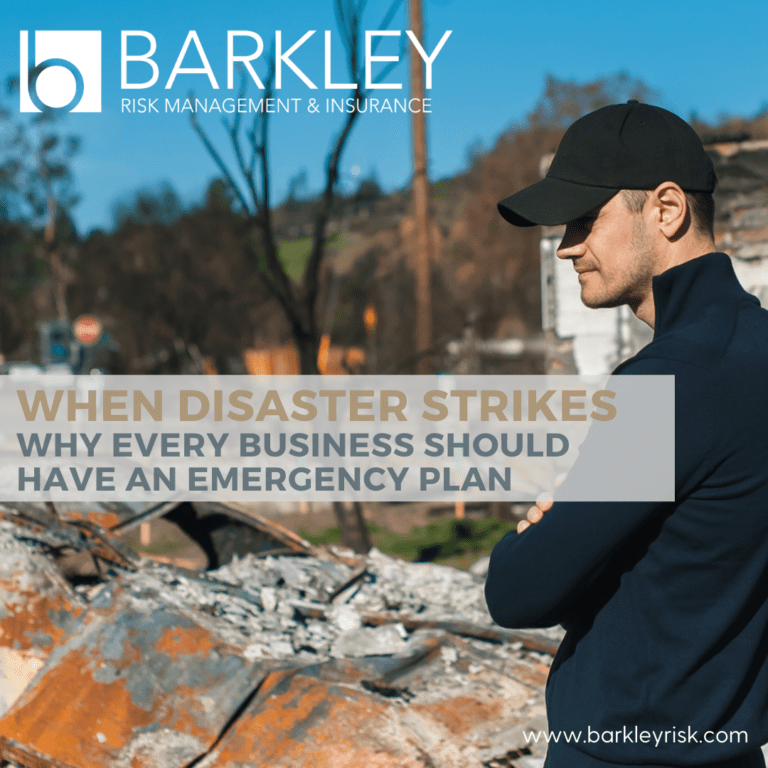
When Disaster Strikes - Why Every Business Should Have An Emergency Plan
Californians are all too familiar with the threat of natural disasters. Wildfires, floods, mudslides, earthquakes, and more. Over the past three years, California has seen a dramatic increase in natural disasters. In 2018 alone, wildfires in California hit a new record cost of $24 billion.
Every business should have an Emergency Preparedness Plan to prevent devastating outcomes following a natural disaster or other catastrophic event. In this article, we will discuss steps you can take to ensure your business is prepared to keep your employees safe and prevent financial loss to your company.
Why Is It Important to Create a Plan?
In addition to reducing downtime and financial loss caused by a disaster, employers have a responsibility to ensure their employees are safe and are made aware of hazards in a timely and effective manner. Here is an example:
A wildfire is quickly growing in your area and your office has been told to evacuate. Do you have a system in place to notify all employees of the evacuation orders? Do you have a way of determining who is in the building, including visitors? Is there someone in charge of keeping all current contact information for each employee? Who will be informing each person and how? Now, let’s say this evacuation order remains in place for several days….how will you communicate updated information to your staff? Will they know when it is safe to return to work?
Getting Back to Business – Building a Business Continuity Plan (BCP)
How quickly your company can return to business following a natural disaster or emergency depends on you having a plan in place. Your first step in creating your BCP is to create a list of your potential risks. Then you can create processes and procedures for how to best continue operations during each type of risk with as little down time as possible. Determine operations, staff, equipment and materials that are essential in keeping you operating. Be sure to include how to complete emergency payroll, expedited financial decision making, and other operations that are critical to survival and recovery.
You will also want to make a list of your most important clients and how you will be able to serve them during and after a disaster. It is also important to identify important suppliers, other businesses and resources you will need in order to serve your clients and have at least one back up should this supplier shut down during a disaster.
Depending on the type of emergency, include options in your plan for both evacuation and shelter-in-place. Keep in mind that local authorities, police, fire department and medical help can be delayed in certain circumstances. Have emergencies supplies on hand such as fresh water, food, first aid, batteries, sanitation supplies and a NOAA weather radio with alert function.
Keeping Your Employees Safe – Developing an Emergency Action Plan (EAP)
Protect your most important asset, your employees! An effective EAP should address specific safety procedures to be taken during a workplace emergency. In addition to natural disasters, your EAP should include processes to address other emergencies such as active shooters, chemical spills, terrorist attacks, and other man-made disasters. The main goal of your EAP is employee safety. Once you have developed your plan, it is essential to make sure all employees are educated and trained to know the steps and processes of your EAP. Conduct regular training, drills and exercises to help prepare your staff for emergencies. The more familiar they are with what they should do to stay safe during and after an emergency, the more you will reduce downtime, loss of production and ensure their safety. Having an effective EAP in place could literally save lives.
Don’t wait until it is too late – get ready now!
Assessing risks can be a complicated process and require various levels of expertise. Your Barkley Risk Advisor has the expertise you need. We will work with you to identify potential risks so you can create an effective plan and assist you in educating your staff on your emergency safety procedures.
Author: Andi Waibel, Marketing Director at Barkley Risk Management
Published: October 22, 2019

Contact our VP Risk Advisor, Sean Copeland to schedule your complimentary risk assessment.
Email: scopeland@barkleyrisk.com
Phone: (805) 585-5212

